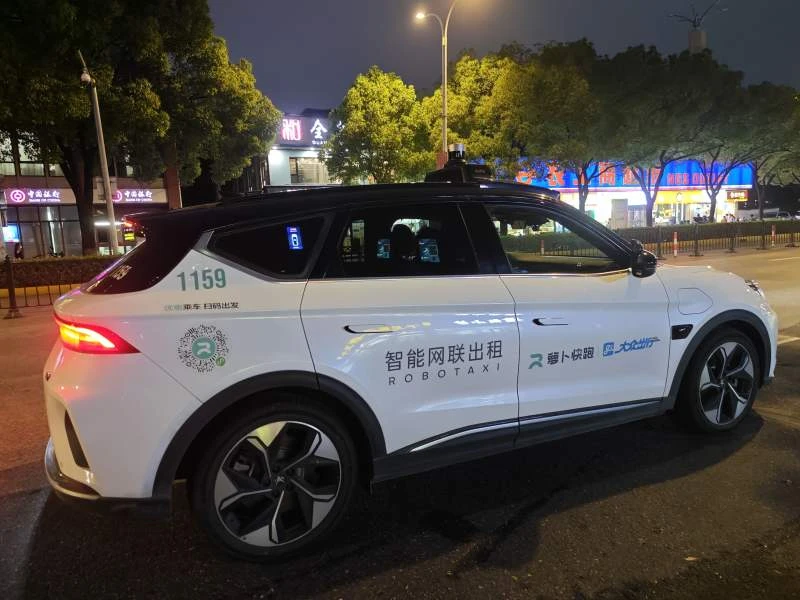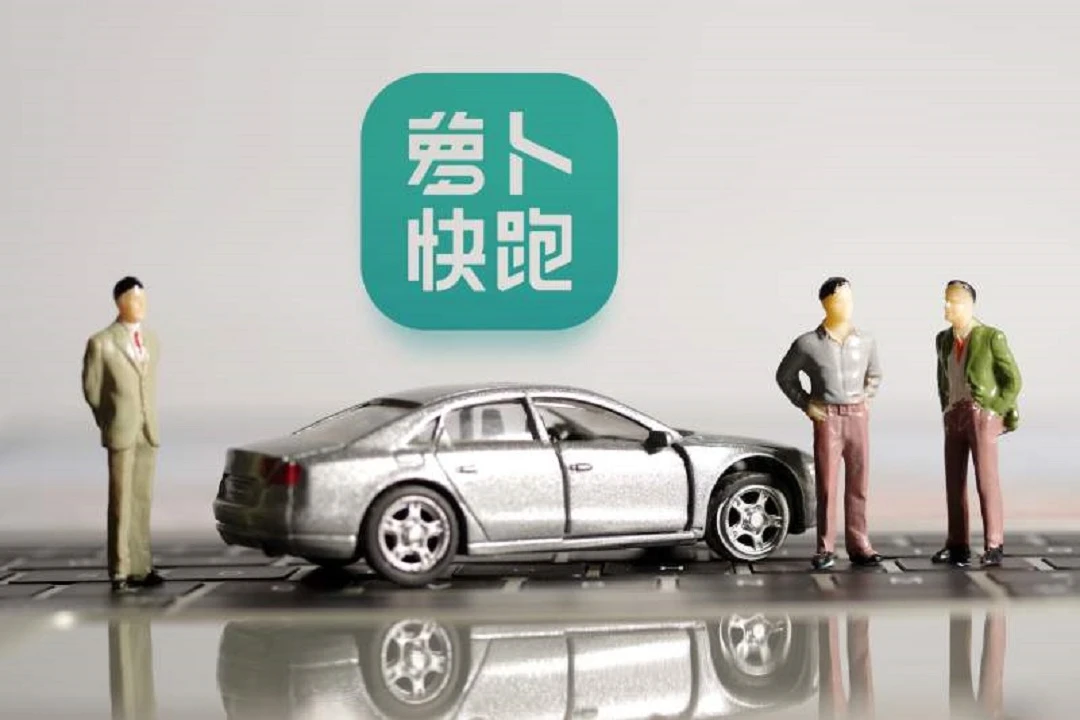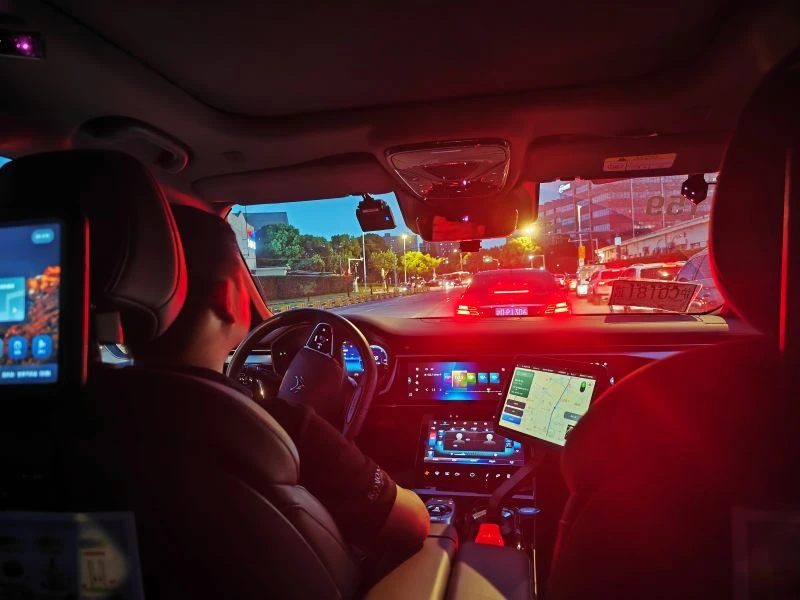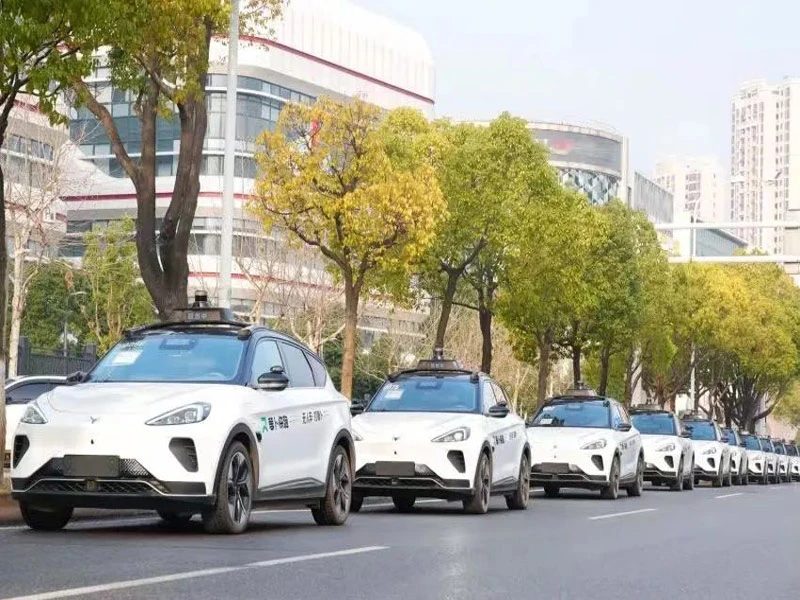In the fast-paced world of urban transportation, the recent collision incident involving Wuhan's "Apollo Go (萝卜快跑)" autonomous taxi service has sparked a heated debate. Amidst the chatter, whispers of "job theft" from traditional taxi and ride-hailing drivers have emerged, painting a picture of a dystopian future where machines replace humans behind the wheel. However, the Wuhan Municipal Transport Bureau has swiftly countered these claims, assuring the public that the city's taxi industry remains stable amidst the online chatter. Further clarifying, officials revealed that "Apollo Go" has deployed over 400 autonomous vehicles in Wuhan, contrary to the rumored 1,000, with the exact figure to be confirmed by the Wuhan Municipal Bureau of Economics and Information Technology.
As the dust settles on this incident, the larger narrative of autonomous taxi expansion across China continues to unfold, reshaping the landscape of urban mobility. On July 10th, a significant milestone was reached as PonyPilot, branded the "first autonomous driving operation technology stock" (ticker: 09680.HK), debuted on the Hong Kong Stock Exchange, marking a new era in the commercialization of self-driving technology.

Autonomous Taxis Blossom Across the Nation
The July 7th collision video, while concerning, has only fueled public curiosity about the rapidly evolving world of autonomous taxis. Back in September 2022, Wuhan and Chongqing pioneered the nation by launching fully driverless commercial trials, granting Baidu's "Apollo Go" the first-ever licenses for such operations. Since then, Baidu's autonomous vehicles have been zipping through Wuhan's streets, showcasing the potential of Level 4 autonomy.
The trend extends far beyond Wuhan's borders. At the 2024 World Artificial Intelligence Conference, Pony.ai, Baidu Intelligent Driving, Seeker Intelligent Technology, and others secured Shanghai's inaugural permits for driverless intelligent connected vehicle demonstrations. Within designated areas, users can now hail a Robotaxi through apps like PonyPilot, experiencing the thrill of a fully autonomous ride with no driver or copilot in sight. Currently, these rides are offered free of charge as companies finalize vehicle deployment and prepare for public launch.
Beijing's Yizhuang district has also embraced the autonomous revolution, with four companies operating 40 intelligent connected vehicles since February, shuttling passengers to and from Beijing Daxing International Airport. Plans are afoot to expand these services to cover Beijing's major transportation hubs, including Beijing South Railway Station, Fengtai Railway Station, Chaoyang Railway Station, Qinghe Railway Station, the sub-center station, and Beijing Capital International Airport.
Numbers tell a compelling story of China's commitment to autonomous transportation. By April 2024, over 29,000 kilometers of roads had been opened for intelligent connected vehicle testing, with more than 6,800 test licenses issued. Collectively, these vehicles have logged over 88 million kilometers, a testament to the rapid progress in this field. The Ministry of Industry and Information Technology affirms that some products are now ready for mass production, signaling a pivotal moment in the industry's development.
The Dawn of Autonomous Operation Platforms
As "Apollo Go" hogged headlines, PonyPilot's historic IPO underscored the financial viability of autonomous taxi operations. Established in June 2019 by Guangzhou Automobile Group and Tencent, PonyPilot quickly gained momentum by partnering with autonomous driving solutions provider Pony.ai. Beyond ride-hailing, the platform offers technical services, fleet sales, and maintenance support to drivers and partners.
Since launching its open Robotaxi operation platform in 2022, PonyPilot has expanded its services to central districts of Guangzhou and Shenzhen, integrating vehicles from Guangzhou Automotive Group and Pony.ai. By 2023, the platform boasted a Robotaxi fleet of 281 vehicles, accumulating 20,080 hours of operational time.
Revolutionizing Transportation Costs and Efficiency
As autonomous taxis roll out in large-scale deployments, they herald a new era of reduced operational costs for taxi companies and heightened travel efficiency. "While this transition may initially disrupt employment for some," observes Ding Daoshi, "the intelligent upgrading of the automotive industry will ultimately spawn a myriad of new job opportunities."
According to a research report by Guotai Junan Securities, autonomous ride-hailing services boast lower prices and superior passenger experiences compared to their manned counterparts. As deployment volumes escalate, the operating costs per vehicle are projected to plummet significantly, showcasing the power of economies of scale. Notably, Luobo Kuapai, a pioneering player in this space, anticipates achieving break-even in Wuhan by the end of 2024 and turning profitable in 2025.
The Challenges and Solutions of Complex Road Networks
Haitong Securities' analysis highlights the booming order volume and rapid growth of Luobo Kuapai's operations in Wuhan, marking a tangible milestone in the commercialization of autonomous vehicles. However, China's intricate road conditions pose a challenge, as individual autonomous vehicles struggle to seamlessly interact with others, particularly in scenarios involving lane changes and ramp entries/exits. Here, the concept of Vehicle-to-Road-to-Cloud (V2R2C) emerges as a promising solution, underscoring its growing necessity.
"In the long run, the automotive industry is embarking on a journey towards electrification, connectivity, intelligence, and sharing," predicts Ding Daoshi. "Years from now, true autonomous operations will become the norm in most scenarios, though the exact timeline hinges on industry advancements and policy refinements."
A Journalist's Firsthand Experience in Shanghai
A recent journalistic endeavor in Shanghai revealed the compelling price advantage and unique waiting times of autonomous ride-hailing services. With Luobo Kuapai offering rides at three-quarters the cost of conventional platforms, and even half the price with temporary discounts, the savings are undeniable. However, the catch lies in slightly longer waiting times and designated pick-up/drop-off points, often at bus stops, adding inconvenience for passengers traveling to precise destinations.
"The presence of autonomous taxis in Jiading, Shanghai, has been noticeable for over a year, but it wasn't until May this year that they suddenly seemed more prevalent," shared Qin, a driver on the Didi platform, who has been keeping tabs on the autonomous taxi deployments in Wuhan.
As Luobo Kuapai and other autonomous ride-hailing services expand their footprints, debates surrounding their technology's maturity, pricing strategies, and safety have intensified. Our July 11th evaluation in Shanghai confirmed Luobo Kuapai's competitive pricing, with rides costing roughly three-quarters of standard ride-hailing services and half with discounts. While the journey was smooth, the vehicles moved at a slower pace, and waiting times were marginally longer.
During the test ride, the journalist observed that the predetermined pick-up and drop-off points, often bus stops, posed a challenge for passengers seeking direct access to their destinations, especially during inclement weather. The experience, however, showcased the technology's potential, with real-time displays updating passengers on surrounding traffic and adjusting routes accordingly.
The Eyes and Ears of the Road
Wang, the safety driver on board, shared his two-year journey as a guardian of autonomous vehicles. Working an eight-hour shift, including charging and breaks, he spends roughly six hours on the road, covering around 150 kilometers. "My primary role is to ensure safety," he explained. "In case of emergencies, a simple touch of the steering wheel or tap of the brakes transfers control back to me."
This firsthand account underscores the ongoing transformation within the transportation sector, where autonomous ride-hailing services are not just a novelty but a harbinger of a more efficient, cost-effective, and interconnected future.



